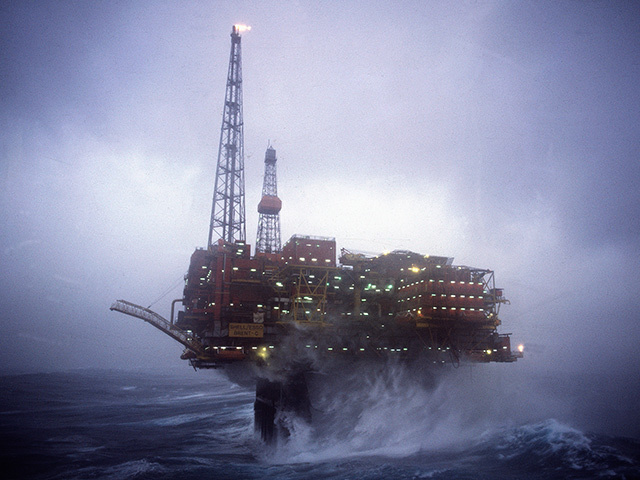
More than 130 workers have been evacuated from a North Sea oil platform after it lost power.
Shell’s Brent Charlie, which is 185km (115 miles) North East of Lerwick, Shetland, contacted HM Coastguard just before 5pm on November 27 reporting that they had lost power and were running on backup batteries.
“The Brent Charlie platform was shut down for maintenance and although the 184 crew were safe and well the platform had limited power, meaning no lighting, heating or water,” said a spokeswoman for the Maritime and Coastguard Agency.
“With severe incoming weather HM Coastguard and Shell made the decision to ensure the safety of the crew and to declare an emergency situation and evacuate 135 non-essential crew.
“The HM Coastguard Search and Rescue helicopter based at Sumburgh and Rescue 09 from Norway were sent to evacuate the crew to two neighbouring platforms, Brent Alpha and Brent Bravo. The Sumburgh Coastguard Helicopter spent two hours evacuating the crew and completed four trips to Brent Charlie.
“In the early hours of this morning (28 November) power was restored, 48 crew remain on board the platform to identify and repair the fault.”
Angus MacIver, Duty Controller for HM Coastguard added:”The safety of the crew has to be the main priority, due to the lack of power and with severe incoming weather the decision was made to evacuate the platform. The evacuation took just over two hours, with the HM Coastguard helicopter completing four trips to the platform along with the Norwegian rescue helicopter. Thankfully all crew remain safe and well.”
The Brent field, operated by Shell, lies midway between the Shetland Islands and Norway. It is one of the largest fields in the North Sea and is served by four large platforms – Alpha, Bravo, Charlie and Delta.
Each platform has a ‘topside’ which is visible above the waterline and houses the accommodation block, helipad, as well as drilling and other operational areas. The topsides sit on much taller supporting structures, or ‘legs’, which stand in 140 metres of water and serve to anchor the topsides to the sea bed.
When the Brent field was discovered in 1971, it was one of the most significant oil and gas finds made in the UK sector of the North Sea. At that time the expected life span of the field was 25 years at the most.
Continuous investment and a redevelopment in the 1990s extended the life of the field well beyond original expectations. Since production began in 1976, two thirds of the revenue generated from the field has been paid to the Government as tax – amounting to more than £20 billion – in today’s money.
To date, the Brent field has produced around three billion barrels of oil equivalent. At its peak in 1982 the field was producing more than half a million barrels a day. Its production that year would have met the annual energy needs of around half of all UK homes.
The Brent Charlie was the last of four platforms installed in the area, arriving in 1978.
Three of the four Brent platforms have now ceased production, with Brent Charlie to stop “in the near future”.
At least five of the 40 wells at Charlie, which is still producing, have been decommissioned so far.
The decommissioning of Brent field is one of the most complex engineering projects of its kind and is expected to take a decade to complete.
Recommended for you
